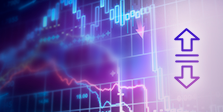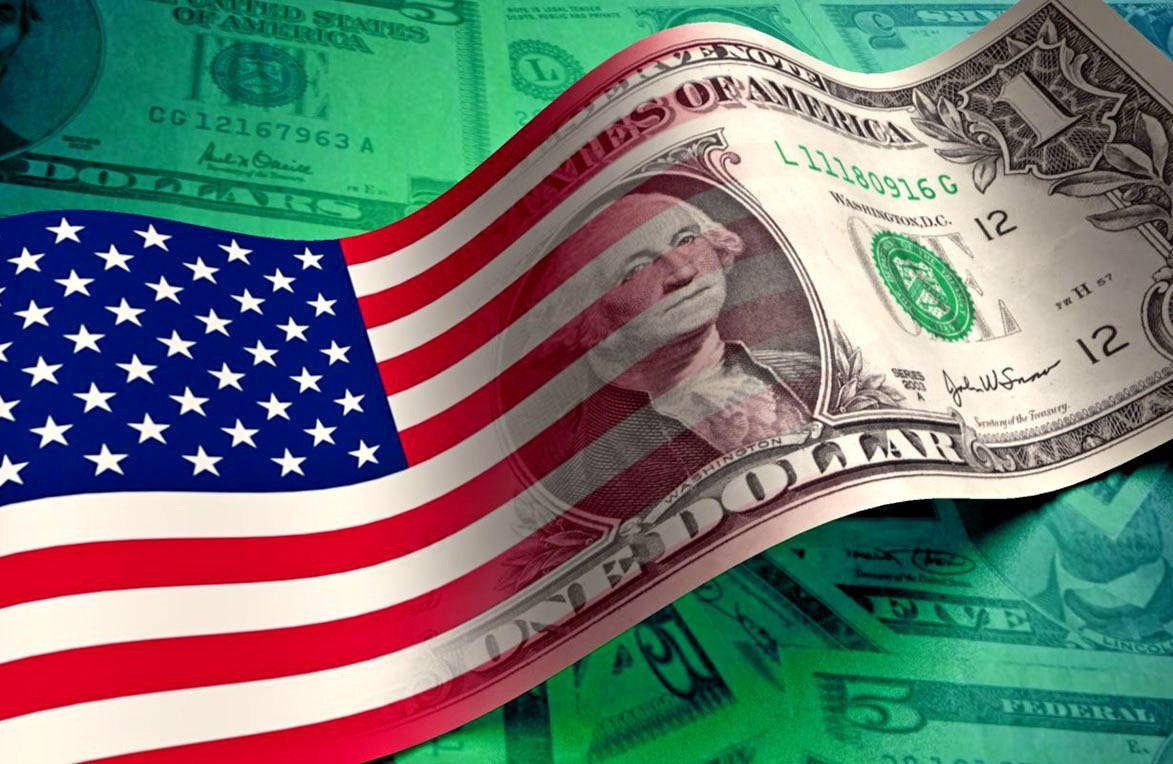




Our team has over 7,000,000 traders!
Every day we work together to improve trading. We get high results and move forward.
Recognition by millions of traders all over the world is the best appreciation of our work! You made your choice and we will do everything it takes to meet your expectations!
We are a great team together!
InstaSpot. Proud to work for you!


Actor, UFC 6 tournament champion and a true hero!
The man who made himself. The man that goes our way.
The secret behind Taktarov's success is constant movement towards the goal.
Reveal all the sides of your talent!
Discover, try, fail - but never stop!
InstaSpot. Your success story starts here!


The American currency has once again taken the lead, pushing the European currency to the sidelines. The dollar was boosted by strong US consumer confidence data. Meanwhile, the euro has experienced a significant decline remains hopeful of a rebound in the near future.
On the evening of Tuesday, July 25th, the greenback demonstrated significant growth against the euro, soaring higher after the release of encouraging consumer confidence data in the USA. According to latest reports, the consumer confidence index in the US increased to a 2-year high of 117 points in July, up from the revised 110.1 points in June.
Against this backdrop, the US Dollar Index (USDX) performed well, reaching a peak of 101.65 points but later dipped slightly by 0.08%. It's worth noting that USDX exhibited a consistent uptrend over six consecutive trading sessions, nearly recouping 50% of its losses from early July. According to Sean Osborne, a leading currency strategist at Scotiabank, the prospects for the US dollar remain uncertain: "While the DXY rebound has extended a bit more than I expected the broader outlook for the USD remains somewhat challenging and I still rather look for the USD to weaken in H2," he commented.
Nevertheless, the euro, the recent market favorite, was unable to take advantage of the dollar's moves and suffered a noticeable setback against it. However, most of the G10 currencies strengthened against the American currency, particularly the Australian dollar, the Swiss franc, and the Japanese yen.
The unexpected driving force behind the surge of major currencies against the greenback was the optimism regarding the prospects of the Chinese economy. Recently, Chinese authorities outlined revised plans for additional economic support, extending their backing to troubled sectors such as the real estate market, while pledging to boost consumption and address regional government debts.
Analysts argue that this newfound Chinese optimism weighed down on the dollar, which is now bearing the burden of China-inspired optimistic sentiment against its major G10 peers. As a result, the US dollar index retreated from its two-week highs after being previously supported by elevated PMI data. Furthermore, market participants' uncertainty about the Federal Reserve's forthcoming actions contributed to the dollar's decline.
Investors and traders expect that on Wednesday, July 26th, the Federal Reserve will raise its key interest rate, marking the final move in the current tightening cycle. According to analysts, the monetary authorities will maintain the possibility of further maneuvers in the future, in case a return to tightening is deemed necessary. However, there are risks involved. "Policymakers will want to leave the door open to more tightening down the road but history shows markets are quite attuned to the top of the rate cycle when it comes and USD has generally weakened once peak rates are in," analysts at Scotiabank warned.
In this complex situation, the euro finds it challenging to stay afloat. EUR has demonstrated weakness after the publication of Eurozone economic data. According to reports from the German research institute IFO, key indicators, namely the EU Business Climate Index and the Current Assessment Index, came in worse than previously forecast. In July, the business climate index in Germany dropped to 87.3 points from the previous 88.6 points, falling short of market expectations of 88 points.
This ambiguous situation has negatively impacted EUR/USD. After rising to 1.1100, the pair reversed course and fell to the lowest level in two weeks around 1.1050. On Wednesday morning, July 26th, EUR/USD was trading between 1.1058 and 1.1059, gradually attempting to break free from the downward spiral.
According to analysts, currently EUR/USD lacks momentum for growth, despite the rebound from the two-week low. The pair benefitted from the US dollar's short term retreat, but failed to attract bulls due to concerns about a recession in the Eurozone.
The market's focus is now on policy meetings of central banks around the world, which are taking place this week. On Wednesday, July 26th, the Fed will announce the policy decision following the July meeting. The overwhelming majority of analysts expect the Fed funds rate to be hiked by 25 basis points to 5.25% - 5.5%.
On Thursday, July 27th, the European Central Bank (ECB) will hold its meeting. Later, the ECB will publish its decision, which analysts also believe will lead to a 25 basis point rate hike to 4.25%.
If the ECB's rhetoric turns out to be less hawkish than that of the Fed, EUR/USD may fall below the key psychological level of 1.1000. However, analysts still consider 1.1050 as the key support level.
Additionally, on Thursday, the US will publish its first estimate of GDP growth for Q2 2023. Preliminary data indicate the American economy grew by 1.8% year-on-year during this period, following a 2% increase in Q1. Despite this, market participants remain primarily focused on the Federal Reserve and ECB meetings, their monetary policies, and the hints provided by the central bank heads regarding future actions.
InstaSpot analytical reviews will make you fully aware of market trends! Being an InstaSpot client, you are provided with a large number of free services for efficient trading.
 Our new app for your convenient and fast verification
Our new app for your convenient and fast verification
InstaSpot
PAMM accounts

Your IP address shows that you are currently located in the USA. If you are a resident of the United States, you are prohibited from using the services of InstaFintech Group including online trading, online transfers, deposit/withdrawal of funds, etc.
If you think you are seeing this message by mistake and your location is not the US, kindly proceed to the website. Otherwise, you must leave the website in order to comply with government restrictions.
Why does your IP address show your location as the USA?
Please confirm whether you are a US resident or not by clicking the relevant button below. If you choose the wrong option, being a US resident, you will not be able to open an account with InstaSpot anyway.
We are sorry for any inconvenience caused by this message.

